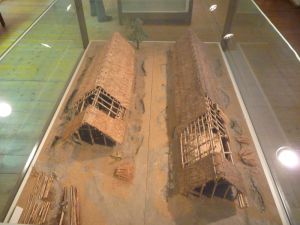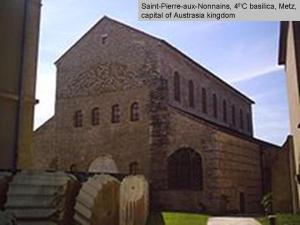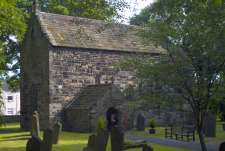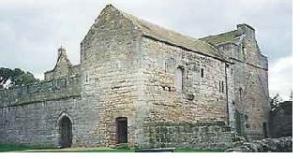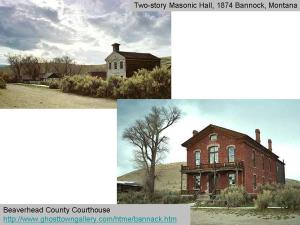Understanding the Neolithic Longhouse – settled agricultural communities had developed in Anatolia by about 7000 BC, and spread out from there, reaching SE Europe and the Balkans by about 6000 BC. Agriculture then spread up the major river valleys like the Danube and the Rhine to reach central Europe by about 5500 BC.
A sedentary agricultural life requires a permanent built environment, which was facilitated by two key aspects of LBK culture: firstly, silviculture, the ability to farm trees and create timber to order; and secondly, the use of ground stone tools.

If there were a prize for the prehistoric material culture with the most number of names, it would be won by the early farmers in northern Europe, which is ironic given the uniformity of their material remains. There is remarkable uniformity in width of these buildings, although length varies considerably. The orientation of the structures is also remarkably similar, with NW-SE predominating.
The open hall is the principle space in the building, probably public in nature, associated with social activities, as well as providing a large covered working space, but is unlikely to be the only living space.
http://structuralarchaeology.blogspot.co.uk/2009/08/33-elsloo-32-neolithic-longhouse-made.html
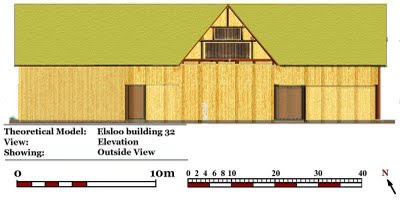 http://structuralarchaeology.blogspot.co.uk/2009/08/33-elsloo-32-neolithic-longhouse-made.html
http://structuralarchaeology.blogspot.co.uk/2009/08/33-elsloo-32-neolithic-longhouse-made.html
http://bayerischer-wald.regionale-studien.de/regionen/jungsteinzeit_%285500-2000_v.chr.%29.php

http://www.geocities.ws/reginheim/houses.html
The inside of a Norse town house that was found in York, England.
 Reconstruction of a Norse longhouse that was found at Trelleborg in Denmark.
Reconstruction of a Norse longhouse that was found at Trelleborg in Denmark.
In every region Germanic building styles developed in a different way, but they all had the same characteristics; some of this characteristics can still be seen in our modern buildings, though they are disappearing rapidly.
http://www.geocities.ws/reginheim/houses.html

